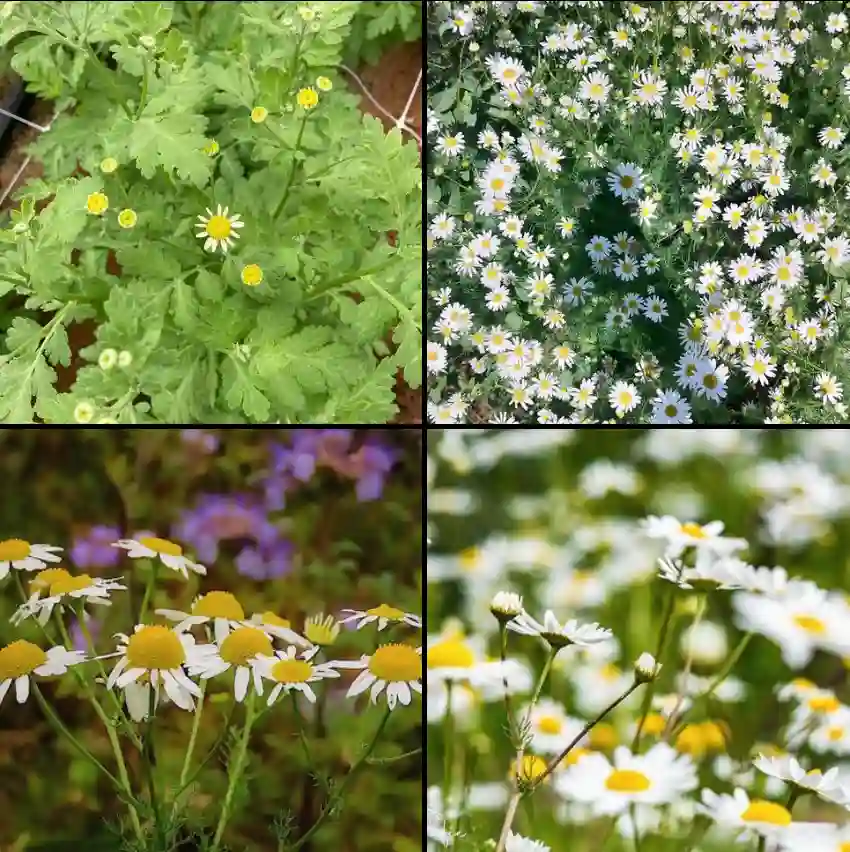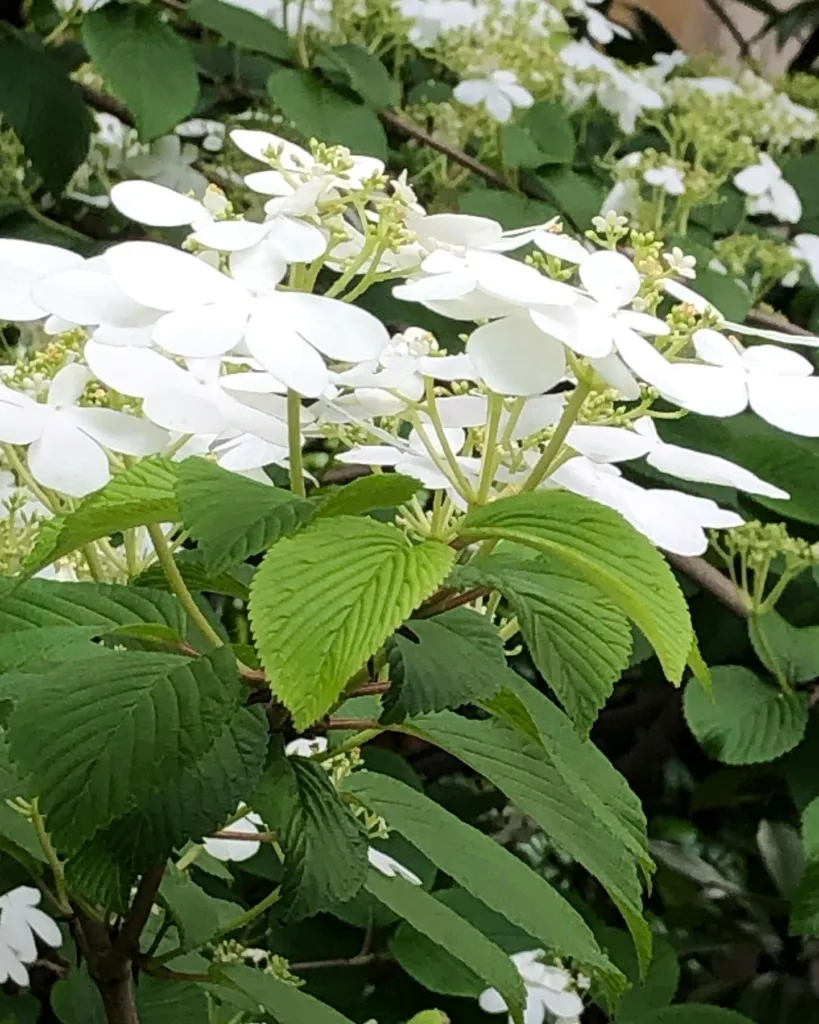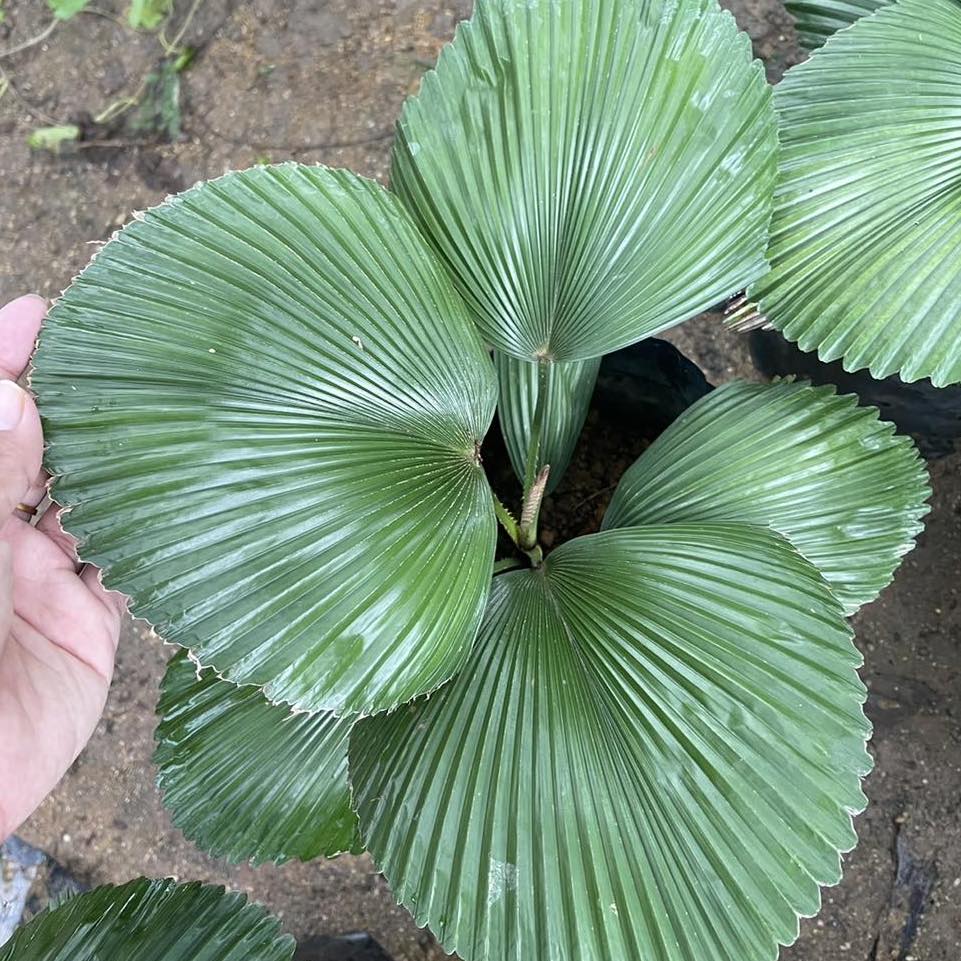My Fascination with the Campanulaceae Family
As a botanist, I’ve always been captivated by the sheer diversity and beauty of the plant kingdom. One family that has consistently held my interest is Campanulaceae, commonly known as the bellflower family. This fascinating group of plants boasts a range of unique characteristics, from their distinctive bell-shaped flowers to their diverse growth habits. Let’s delve deeper into the captivating world of Campanulaceae and explore some of its most notable members.
The Charm of Bell-Shaped Blooms
The most recognizable feature of the Campanulaceae family is their bell-shaped flowers. These blooms come in a variety of colors, including blue, purple, pink, and white, and often attract pollinators like bees and butterflies. The bell shape serves as a protective chamber for the flower’s reproductive organs, ensuring successful pollination.
A Family of Diverse Forms
Beyond their characteristic flowers, Campanulaceae plants display a remarkable range of growth habits. Some are delicate wildflowers that grace meadows and forests, while others are sturdy perennials that thrive in rocky or alpine environments. There are also vining species that climb trees and shrubs, and rosette-forming plants that hug the ground. This diversity in form allows Campanulaceae to occupy a variety of ecological niches.
Genera within Campanulaceae
The Campanulaceae family comprises a vast array of genera, each with its own unique characteristics and charm.
- Campanula: This genus, which gives the family its name, includes the classic bellflowers. These are often found in temperate regions and are beloved for their showy, bell-shaped blooms. – 459 Species in Genus Campanula – Bellflowers
- Lobelia: This diverse genus encompasses a range of growth habits, from low-growing annuals to tall perennials. Lobelia flowers are often tubular or two-lipped and come in a vibrant array of colors. – 443 Species in Genus Lobelia
- Platycodon: Commonly known as balloon flowers, these plants are native to East Asia and are prized for their unique, inflated flower buds that resemble balloons before opening. – Platycodon Grandiflorus in Genus Platycodon – Balloon Flowers
- Phyteuma: This genus features distinctive, globular or cylindrical flower heads composed of numerous tiny florets. They are often found in mountainous regions and add a touch of whimsy to alpine landscapes.
- Wahlenbergia: These delicate wildflowers are native to the Southern Hemisphere and are known for their star-shaped or bell-shaped flowers, which often come in shades of blue or purple.
- Adenophora Fisch.
- Asyneuma Griseb. & Schenk
- Berenice Tul.
- Brighamia A.Gray
- Burmeistera H.Karst. & Triana
- Campanulastrum Small
- Canarina L.
- Centropogon C.Presl
- Clermontia Gaudich.
- Codonopsis Wall. – 49 Species in Genus Codonopsis
- Craterocapsa Hilliard & B.L.Burtt
- Cryptocodon Fed.
- Cyananthus Wall. ex Benth.
- Cyanea Gaudich.
- Cyclocodon Griff. ex Hook.f. & Thomson
- Cylindrocarpa Regel
- Cyphia P.J.Bergius
- Cyphocarpus Miers
- Delissea Gaudich.
- Dialypetalum Benth.
- Diastatea Scheidw.
- Dielsantha E.Wimm.
- Downingia Torr.
- Eastwoodiella Morin
- Echinocodon D.Y.Hong
- Edraianthus A.DC.
- Favratia Feer
- Feeria Buser
- × Fockeanthus H.R.Wehrh.
- Githopsis Nutt.
- Grammatotheca C.Presl
- Gunillaea Thulin
- Hanabusaya Nakai
- Heterochaenia A.DC.
- Heterocodon Nutt.
- Heterotoma Zucc.
- Himalacodon D.Y.Hong & Qiang Wang
- Hippobroma G.Don
- Homocodon D.Y.Hong
- Howellia A.Gray
- Isotoma (R.Br.) Lindl. – 12 Species in Genus Isotoma
- Jasione L.
- Kericodon Cupido
- Legenere McVaugh
- Legousia Durande
- Lithotoma E.B.Knox
- Lysipomia Kunth
- Melanocalyx (Fed.) Morin
- Merciera A.DC.
- Michauxia L’Hér.
- Microcodon A.DC.
- Monopsis Salisb.
- Muehlbergella Feer
- Musschia Dumort.
- Namacodon Thulin
- Nemacladus Nutt.
- Nesocodon Thulin
- Ostrowskia Regel
- Palmerella A.Gray
- Palustricodon Morin
- Pankycodon D.Y.Hong & X.T.Ma
- Peracarpa Hook.f. & Thomson
- Petromarula Vent. ex R.Hedw.
- Physoplexis Schur
- Poolea Morin
- Porterella Torr.
- Prismatocarpus L’Hér.
- Protocodon Morin
- Pseudocodon D.Y.Hong & H.Sun
- Pseudonemacladus McVaugh
- Ravenella Morin
- Rhigiophyllum Hochst.
- Roella L.
- Rotanthella Morin
- Ruthiella Steenis
- Sclerotheca A.DC.
- Sergia Fed.
- Siphocampylus Pohl
- Siphocodon Turcz.
- Smithiastrum Morin
- Solenopsis C.Presl
- Theilera E.Phillips
- Trachelium Tourn. ex L. – 3 Species in Genus Trachelium
- Treichelia Vatke
- Trematolobelia Zahlbr. ex Rock
- Trimeris C.Presl
- Triodanis Raf.
- Unigenes E.Wimm.
- Wimmeranthus Rzed.
- Wimmerella Serra, M.B.Crespo & Lammers
- Zeugandra P.H.Davis
Ecological Importance and Uses
Campanulaceae plants play a vital role in their ecosystems, providing food and shelter for a variety of insects and other wildlife. Their nectar-rich flowers attract pollinators, while their seeds and foliage serve as a food source for birds and small mammals.
Humans have also found various uses for Campanulaceae plants. Some species, like Campanula rapunculus (rampion), have edible roots and leaves that have been consumed for centuries. Others, like Lobelia inflata (Indian tobacco), have been used in traditional medicine to treat respiratory ailments. Many Campanulaceae plants are also cultivated for their ornamental value, adding beauty and diversity to gardens and landscapes around the world.
A Family Worth Exploring
The Campanulaceae family is a treasure trove of botanical wonders, offering a fascinating glimpse into the diversity and adaptability of plant life. From their iconic bell-shaped flowers to their diverse growth habits and ecological roles, these plants continue to captivate and inspire. Whether you’re a seasoned botanist or simply a lover of nature’s beauty, I encourage you to take a closer look at the Campanulaceae family and discover the many charms it has to offer.
If i die, water my plants!



